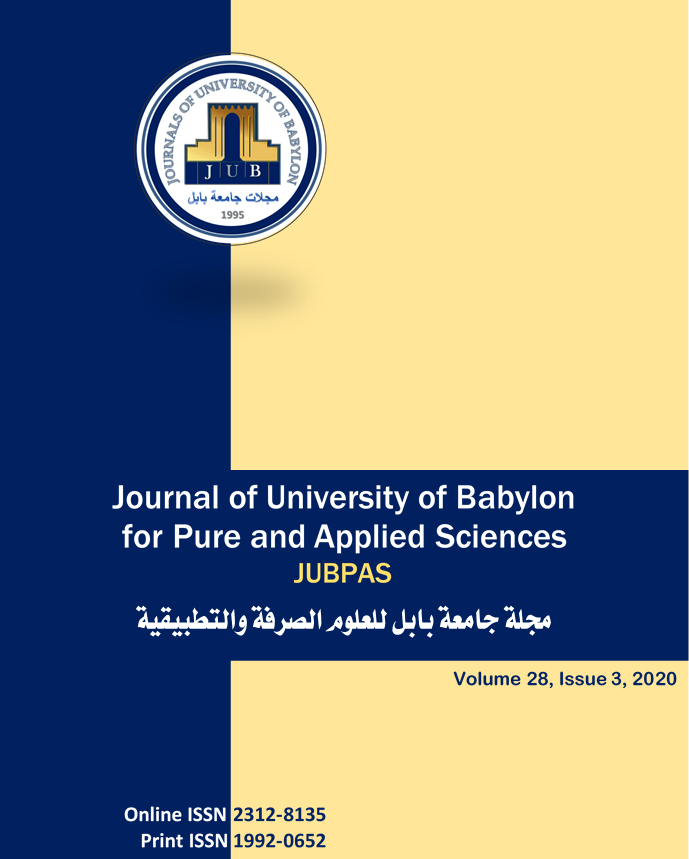The Biological Effect of Laser on Dental Hard Tissues Review
Main Article Content
Abstract
Laser absorption in biological tissue is mostly owing to the existence of free water molecule, protein, pigment and other macromolecule. Absorbed laser can have three different consequences: photothermal, photomechanical and photochemical. The effect of laser on enamel at a low energy density may become more resistant to acid dissolution. While laser was used on dentine to limited thermal effect and reduce dentine sensitivity with energy irradiation. However, the laser irradiation result in more extensive pulp damage and reparative dentinogenesis was delayed . Root specimens have exhibited higher rates of inhibition of caries like lesion progression and resistance to acid dissolution than those seen in enamel specimens, after combined laser fluoride treatment.
Article Details

This work is licensed under a Creative Commons Attribution 4.0 International License.
